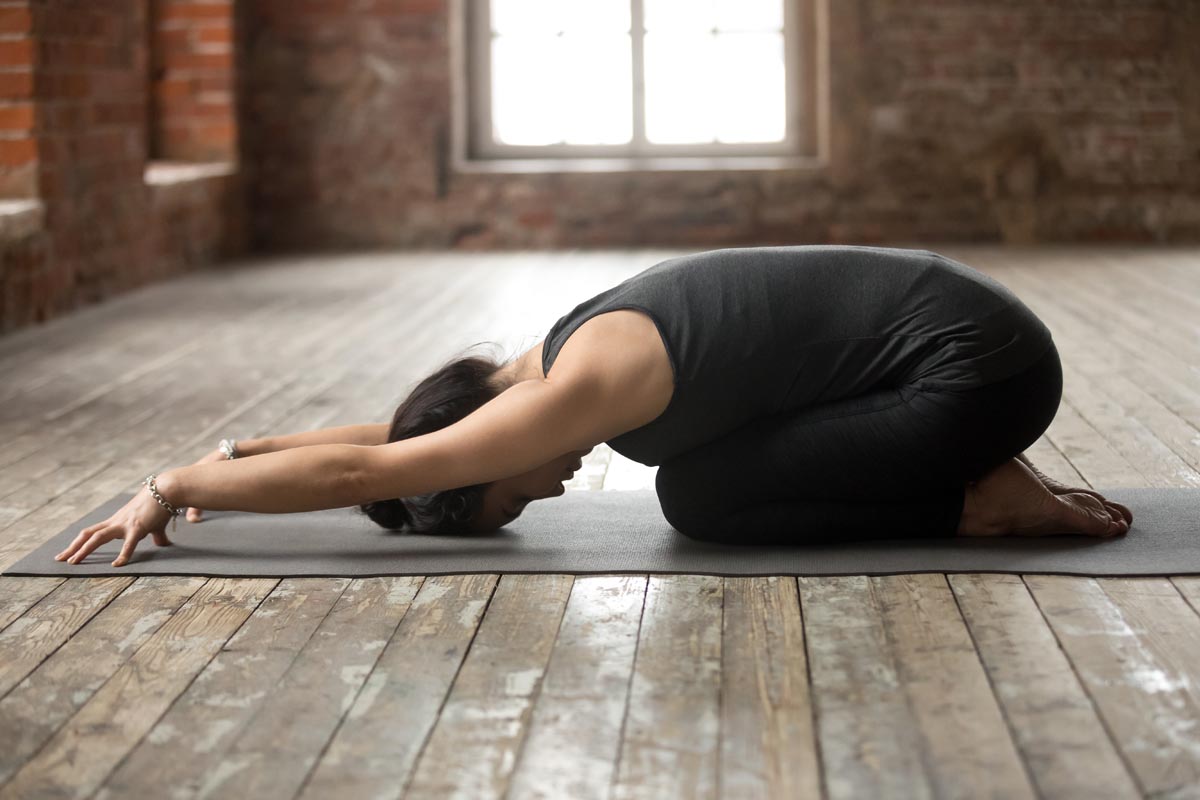Somatic yoga is a revolutionary practice of mind-body wellness that perfectly balances classic yoga philosophy with the principles of somatics. While focusing exclusively on inner bodily consciousness and experience, somatic yoga encourages participants to learn their body from the interior. Using non-jarring conscious movement and higher body awareness, somatic yoga offers a new approach to somatic and psychological healing.
The Heart of Somatic Yoga

Essentially, somatic yoga is about building a solid mind-body connection. Unlike popular types of yoga that might emphasize precise alignment or mastering certain postures, somatic yoga invites one to tune in to the inner feelings in the body and move as intuitively feels right to the body.
Key Principles:
Interoception: Accumulating a sense of internal bodily sensations, such as heart rate, breathing, and muscle tension.
- Exteroception: Learning to notice external sensations like temperature and touch.
- Proprioception: Making body position and space movement feel stronger.
- Embodied Awareness: Strengthening the connection between bodily and affect states through use of present-moment awareness.
Benefits of Somatic Yoga
Somatic yoga offers a wide range of benefits for the body and the mind:
- Reduced Chronic Pain: Through release of muscular tension and resolution of affective components of pain.
- Decreasing Stress and Anxiety: Through slow, focused movement and breathing practice.
- Improved Posture and Mobility: Correct movements facilitate the restoration of faulty posture and increased range of motion.
- Enhanced Emotional Regulation: Paying attention to internal emotions regulates challenging emotions.
- Trauma Recovery: Releases tension patterns that have been created by trauma.
Somatic Yoga Techniques
Somatic yoga comprises a number of body healing and awareness techniques:
- Pandiculation: Conscious contracting and releasing of muscle groups to re-educate the neuromuscular system.
- Sensory Motor Retraining: Cat-Cow and Pelvic Tilts for increased muscular efficiency.
- Breathwork and Meditation: Conscious, slow breathing to transition the nervous system into relaxation.
- Visualization: Directed imagery for relaxation and setting up the body to exercise.
Performing Somatic Yoga
Throughout somatic yoga practice, the subjects are directed to:
- Proceed slowly and attuned, aware of inner perceptions.
- Experiment with postures and motions with wonder and without criticism.
- Practice Being more than directing the process toward a final end.
- Utilize adjustments and props to provide comfort and ease in the body.
The Future of Somatic Yoga
As more people discover the benefits of this practice, somatic yoga is gaining popularity in the wellness community. Its gentle approach makes it accessible to a wide range of individuals, including those with chronic pain, seniors, and beginners to yoga8.
By integrating somatic principles into yoga practice, individuals can develop a deeper understanding of their bodies, release long-held tension patterns, and cultivate a more intuitive and compassionate relationship with themselves. As research continues to support the mind-body benefits of somatic practices, somatic yoga is poised to play an increasingly important role in holistic health and wellness approaches.
In conclusion, somatic yoga offers a unique and powerful way to reconnect with your body, release tension, and promote overall well-being. By embracing this mindful approach to movement, practitioners can unlock new levels of self-awareness and healing, paving the way for a more balanced and embodied life.
- somatic yoga
- somatic yoga program
- somatic yoga for beginners
- somatic yoga techniques
- somatic yoga benefits
- somatic yoga pdf
- somatic yoga near me
- somatic yoga for weight loss
- somatic yoga free pdf
- somatic yoga free
- somatic yoga exercises
- somatic yoga youtube
- somatic yoga for trauma
- somatic yoga training
- somatic yoga meaning
- somatic yoga posesa
- somatic yoga for menopause
- somatic yoga to reduce cortisol
